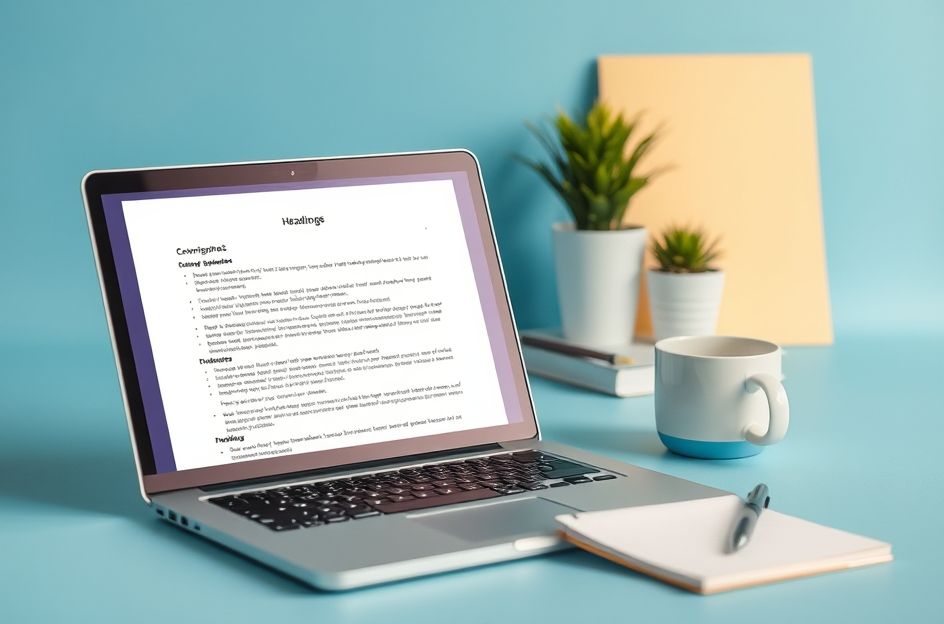An article is a piece of writing designed to convey information. The tone and style, whether formal, informal, scientific, or general, are dictated by the subject matter, article type, and target audience.
For instance, a medical article intended for professionals will employ scientific terminology. The same information, when aimed at the public, needs to be presented in easily understandable language. Similarly, a serious topic demands a serious tone, while articles about entertainment or fashion for young adults can adopt a lighter, more engaging style.
To add a personal dimension, many editors request anecdotal evidence or firsthand accounts. In an article about homeschooling, for example, interviews with homeschooling families can provide valuable insights. Support organizations are often willing to connect writers with relevant individuals, as these articles help promote their cause.
An effective article typically includes these sections:
* **Headline:** A crucial element that informs the reader about the article’s subject. A catchy or intriguing headline will pique curiosity and encourage readership.
* **Introduction:** A concise paragraph that expands on the headline and previews the article’s content without revealing everything.
* **Main Body:** This section contains comprehensive information on the topic, including supporting anecdotes.
* **Conclusion:** A brief summary that reinforces the key information presented. For how-to articles, the conclusion should offer encouragement and highlight the benefits of following the instructions.
* **Bibliography:** While not always required, a bibliography lists the sources used, especially in articles involving health or scientific topics.
How-to articles differ slightly. They should use imperative voice (e.g., “Hold the wire and cut it”). Safety warnings should be prominently placed, and unfamiliar terms defined clearly. The introduction should clearly outline the project’s scope to avoid misleading the reader. While the list of tools and materials appears at the beginning, it’s best to compile it last to ensure accuracy.
How-to articles should present instructions in a logical sequence. Include summaries of what the project should look like at each stage. Visualizing each step during writing is crucial. The how-to article is generally one of the simpler article types.
When writing about celebrities or prominent figures, strive for a unique perspective. One writer, unable to interview a celebrity due to illness, wrote about the failed attempt itself. Another writer incorporated golfing jokes into an article about a golfer. Editors and readers appreciate humor.
The “10 Tips for a Great [X]” article is another straightforward format. The tips form the main body, the introduction explains the need for the information, and the conclusion summarizes the key points with a call to action.
Avoid injecting personal opinions or experiences into your articles. Focus on delivering value to the reader. If the topic is unfamiliar to most, use relatable analogies. Avoid unnecessary hooks or gimmicks; instead, begin directly with the core information.
